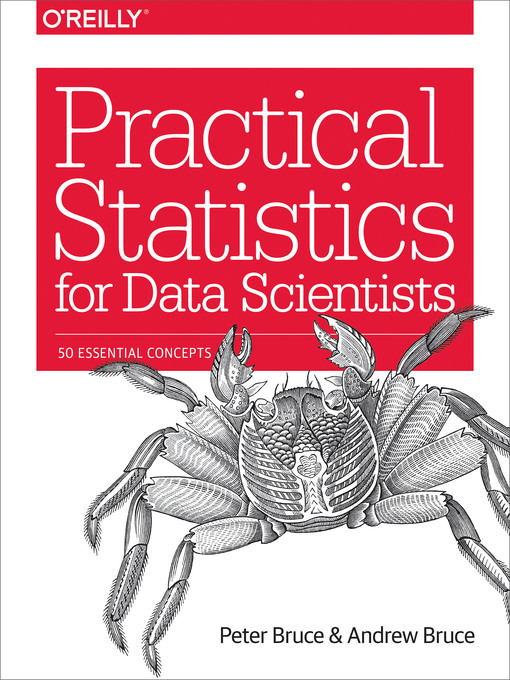Statistical methods are a key part of of data science, yet very few data scientists have any formal statistics training. Courses and books on basic statistics rarely cover the topic from a data science perspective. This practical guide explains how to apply various statistical methods to data science, tells you how to avoid their misuse, and gives you advice on what's important and what's not.
Many data science resources incorporate statistical methods but lack a deeper statistical perspective. If you're familiar with the R programming language, and have some exposure to statistics, this quick reference bridges the gap in an accessible, readable format.
With this book, you'll learn:

